Winter preparation for strawberries (Japanese june bearing strawberries care) – Care for strawberry
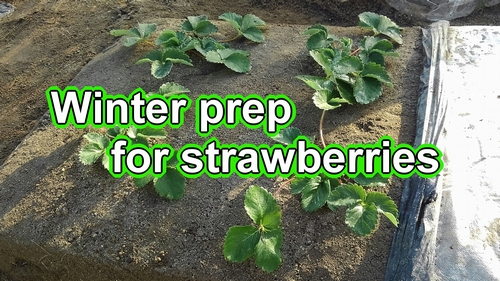
How to grow strawberries in outdoor cultivation. Last time, we planted strawberry seedlings (organic strawberry plants). It has been about a month since then. This time, we will talk about winter care for strawberries. (Strawberry plant care outdoors.) I want to prepare strawberries for dormancy and over-winter.
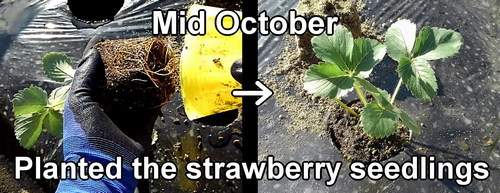
I planted the strawberry seedlings in mid-October. This year, I planted 4 Houkou-wase strawberry plants again. (Houkou-wase strawberry is Japanese strawberry plant. This strawberry is a similar species to the june bearing strawberry of overseas.)
Strawberry care instructions. How to care for strawberries in winter? For outdoor strawberries, during winter, they are exposed to the cold for a certain period.
When strawberries are exposed to the cold, they go into a dormant state and store nutrients. In spring, they will grow strong again. The winter dormancy for strawberries is the period needed for them to bloom and produce fruit in spring.
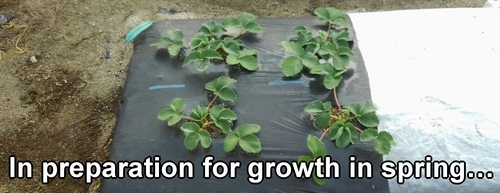
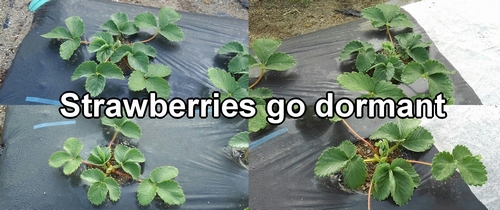
To make strawberries go dormant for winter, they need to be in a colder environment. So, remove the mulch from the strawberry bed. (Removing the mulch lowers the soil temperature, making it easier for strawberries to enter dormancy.)
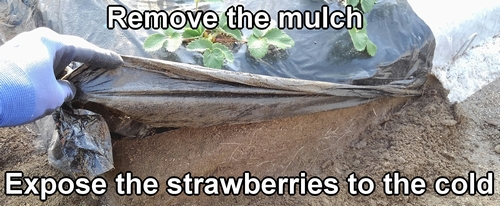
It might seem a little harsh to expose outdoor strawberries to the severe winter cold, but it’s for their growth in spring and to harvest delicious strawberries.
If strawberries are flowering at this time, remove the flowers because it’s still too early. You should leave the flowers starting in March.
When removing the mulch near the base of the strawberries, be careful not to damage the plants.
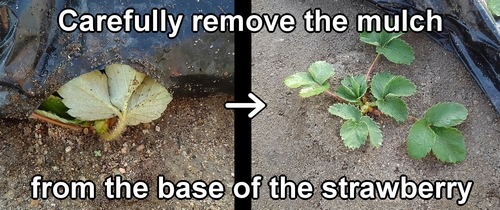
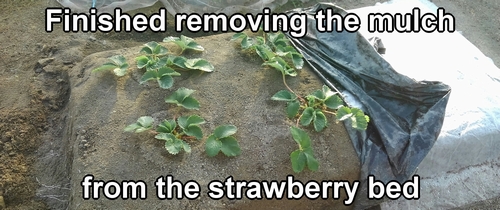
Roll up and keep the removed mulch because we will use it again after the strawberry dormancy is over.
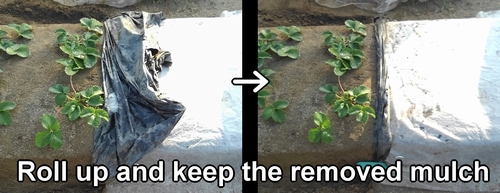
With this, the preparation for strawberry dormancy is complete. (Winter care of strawberry plants is complete.)
The next strawberry plant maintenance is in January. Fertilizing strawberries. Until then, we will maintain and care for the strawberry plants by removing dead leaves, buds, and flowers. (Looking after strawberry plants in winter.)
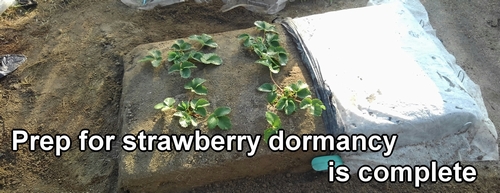
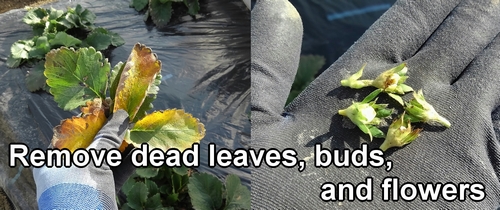
Dead leaves on strawberries can cause diseases, so remove them. Buds and flowers on strawberries should be removed in winter so the plant gets enough nutrients. Leave buds and flowers after March.
Related information on strawberry cultivation(Frequently Asked Questions for growing strawberries)
Please tell me about preparing soil for growing strawberries outdoors (About soil prep for strawberries)
For growing organic strawberries outdoors, use well-aged cow manure compost and fermented chicken manure as base fertilizer (starter fertilizer). The cow manure compost is for improving the soil. (To create soil with a crumbly structure that has good drainage and airflow.) Chicken manure is added because it contains nitrogen, phosphorus, and potassium in a good balance, which are important for strawberry growth.
It’s best to prepare the soil for strawberries about 2–3 weeks before planting. (Letting the soil sit for 2–3 weeks after fertilizing helps the soil and fertilizer mix well.) Strawberries like well-drained soil, so make raised beds about 10cm (4 inches) high.
Can strawberries self-pollinate?
Yes, strawberries can produce fruit through self-pollination. Self-pollination means they can use pollen from their own flowers to pollinate and grow fruit.
Please tell me how to hand-pollinate strawberries (How to pollinate strawberries)
Strawberries can self-pollinate naturally, so they can grow fruit on their own. But, doing hand-pollination can make it more certain. For hand-pollinating strawberries, use a soft brush. The process is simple. Gently brush the center of the strawberry flower. Pollination becomes harder as time passes after blooming, so try to pollinate early.
Following is the video for how-to. English subtitles are available.

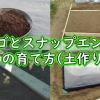
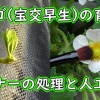



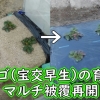
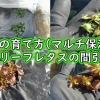



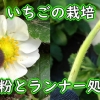
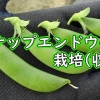
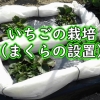
Discussion
New Comments
No comments yet. Be the first one!